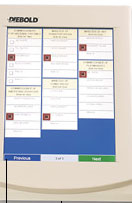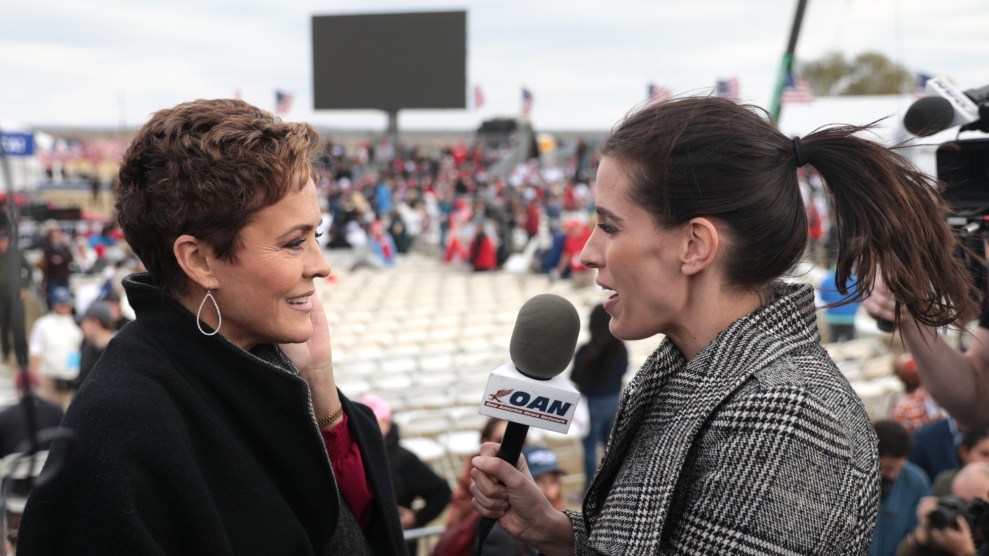The lessons of Florida’s 2000 election debacle were painfully clear:
Butterfly ballots and punch cards are no way to run an election. Vowing
never again, Congress pledged nearly $4 billion to fund voting
modernization, and tech firms rushed computerized voting terminals to
market, promising modern convenience and digital accuracy.
But a closer look at electronic voting finds the new machines far from
fail-safe. Tech experts say voting-terminal technology lags years behind
the state of the art in both encryption and design. Not only are the
machines susceptible to the kinds of voting mishaps–undervotes,
misvotes–that produced Bush v. Gore, but they also may be vulnerable to
hackers bent on stealing an election.
Voting companies claim that scenarios involving serious fraud
are theoretical and nearly impossible to pull off: Few people have
access to the source code or the machines. But the call of “trust us,
we’re experts” took a blow this summer when the Cleveland Plain Dealer
outted Diebold chief executive Walden O’Dell as a major GOP operative. In
addition to hosting a $1,000-a-plate fundraiser at his Columbus, Ohio,
home, ODell sent out solicitations boasting that he’s “committed to
helping Ohio deliver its electoral votes to the president next year.”
Meanwhile, the appeals for greater oversight of computerized voting are
growing. “We’re very concerned about the software, about the security of
the ballots,” said Governor Perdue of Georgias voting terminals. “If they
turn out to be not reliable or can be tampered with, then
they’re–frankly–useless.”
|
|
|
|
|
|
|
|
 |
 |
 |
|
|||
|
|
|
|||||
|
|
 |
 |
|
|||
 |
|
|
||||
 |
|
|||||
 |
|
|||||















